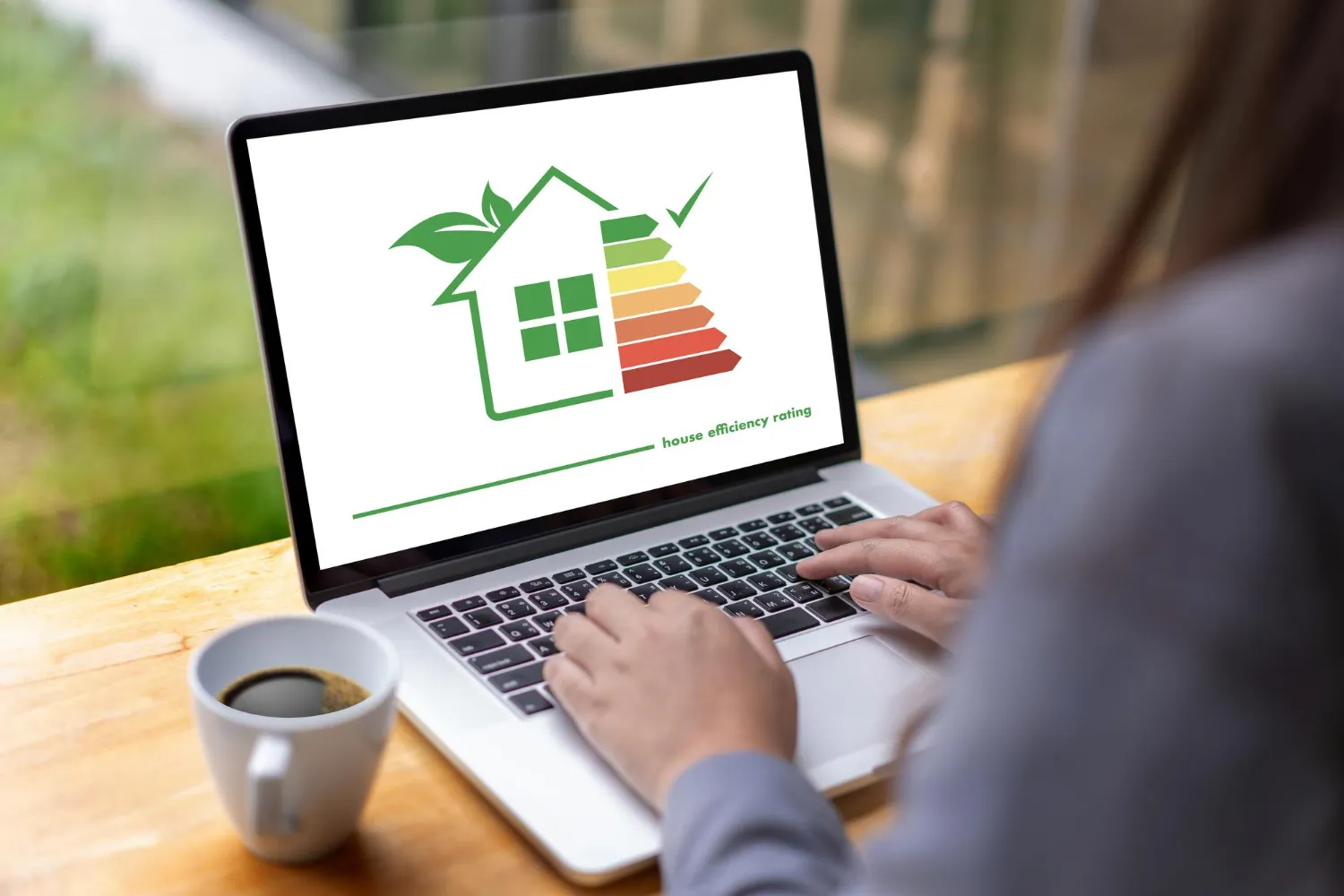Lorem ipsum adipiscing purus fermentum. Praesent vitae quam sed...


WHO specified that the negative consequences of burning fossil fuels are among the biggest threats to global health. But the majority of power that runs our homes and businesses is generated through the burning of coal.
This has an adverse effect on the climate, and it is time to take the right preventive measures now. One thing that you can do here is use energy-efficient building upgrades on the exterior. This will reduce your property’s reliance on fossil fuels and also lower its overall power consumption.
But what are these energy-efficient exterior upgrades or maintenance tips? This blog will explain exactly what we will learn, so make sure you read it all the way through.
Before we discuss sustainable exterior repairs for your building, it is important to understand energy loss. Unfortunately, there are several different ways your building might lose expensive energy. Some of the common culprits are leaky doors or windows and attics or walls with inadequate insulation.
These areas are even responsible for heat loss in winter and increased temperatures in the warmer months. This naturally puts more stress on the HVAC system, further hampering comfort and increasing electricity bills. It is not just the burden of added expenses but also the fact that you will have to deal with uneven temperatures in the building.
This is where you must leverage effective sealing and insulation to prevent air leakage and save on costs. This will also contribute to reducing heat transfer via the attics and walls, which is greatly helpful in maintaining the ideal temperature for the building. Hence, you should opt to cover those parts that can help you make your building’s exterior more energy-efficient.
Climate change is a concerning issue in the modern world. This makes it a necessity to consume power wisely. That’s why you need the right approach to green building maintenance to enhance overall energy efficiency. That said, let’s take a closer look at the top five of these tips and suggestions:
Your energy efficiency efforts should begin from the top. Your first priority should be choosing the roofing material. People often tend to overlook this simple detail. But the roofing material can have a huge influence on power usage. Tiles and metals usually reflect more sunlight and emit a higher amount of heat. Therefore, these items are ideal for keeping your homes cooler during the summer.
You can even add a radiant barrier under the roof to prevent the heat from transferring any further. This is one option, and installing solar panels on the building’s roof is another great option. This is a great way to save on energy costs in the long run and keep your building cool.
Windows play a vital role in maintaining a building’s energy efficiency. It becomes extremely crucial for you to inspect all your windows thoroughly and see that they are not only sealed well but also glazed properly. If you see condensation or drafts between the layers of glass, the windows might need repairs or replacement.
In addition, you can get more energy-efficient and well-designed modern windows. These windows will help increase heat gain in winter and heat ventilation in summer, ensuring your building is both energy efficient and comfortable for its occupants all year long.

Many people are surprised to learn that the doors in our homes and buildings are important for energy efficiency. These doors can be responsible for significant heat loss, further stressing the HVAC system and increasing energy costs. This is why you need energy-efficient doors to build an eco-friendly building project.
You must prioritize proper insulation and weather stripping for these doors. This will prevent the warm air from leaking and keep the interiors comfortable in winter. You can consider using materials like insulated wood, steel, or even fiberglass to enhance the energy efficiency of your home’s exterior.
Every building in today’s day and age comes with an insulation material on the exterior to regulate heat. This helps trap the warm air in winter and prevent hot air from coming in the warmer months in the summer. This makes it very important that almost every inch of your home has proper insulation for better energy efficiency.
You must get proper insulation for every area, including exterior walls, attic, and even the basement. Feel free to use advanced technologies like infrared thermal imaging to get a clear picture of energy loss in the building. You can then pinpoint and insulate those spots properly for better energy efficiency.
At first glance, it might be difficult to make sense of keeping gutters clean and a building’s energy efficiency. But tragically, blocked or clogged gutters could be the primary reason for water damage in your building. This makes your property consume more power and your utility bills will also rise up.
Raindrops accummulated in clean gutters can be used to irrigate your gardens and lawns. This means you won’t need a water supply for gardening purposes. It will help lower your utility bills. Besides that, free-flowing gutters also mean minimal chances of water damage to the building without any damage to its insulation.
Enhancing your building’s or home’s power usage is much easier when you know what to do and where to do it. This makes it important that you familiarize yourself with the best energy-saving exterior ideas and use them to your advantage.
You must keep your gutters clean, ensure proper insulation, use the right roofing material, and have proper doors and windows. This little effort will go a long way in enhancing the overall energy efficiency of your building. So, use this information to your advantage to find the potential areas for energy loss and address them.
Lorem ipsum adipiscing purus fermentum. Praesent vitae quam sed...
Lorem ipsum adipiscing purus fermentum. Praesent vitae quam sed...